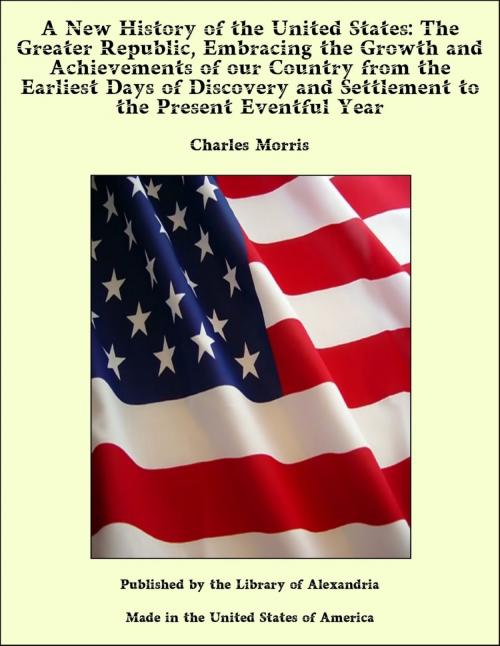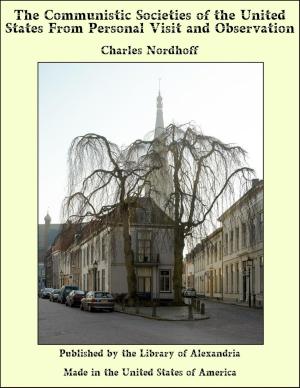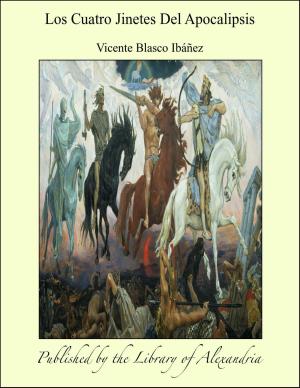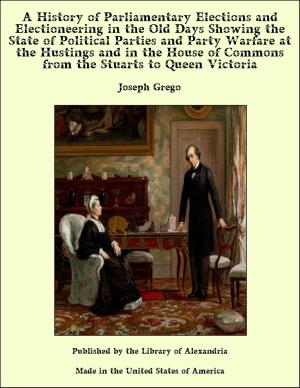A New History of the United States: The Greater Republic, Embracing the Growth and Achievements of our Country from the Earliest Days of Discovery and Settlement to the Present Eventful Year
Nonfiction, Religion & Spirituality, New Age, History, Fiction & Literature| Author: | Charles Morris | ISBN: | 9781465508874 |
| Publisher: | Library of Alexandria | Publication: | March 8, 2015 |
| Imprint: | Language: | English |
| Author: | Charles Morris |
| ISBN: | 9781465508874 |
| Publisher: | Library of Alexandria |
| Publication: | March 8, 2015 |
| Imprint: | |
| Language: | English |
It has been established beyond question that the first white visitors to the New World were Northmen, as the inhabitants of Norway and Sweden were called. They were bold and hardy sailors, who ventured further out upon the unknown sea than any other people. It was about the year 1000 that Biorn, who was driven far from his course by a tempest, sighted the northern part of the continent. Other adventurers followed him and planted a few settlements, which, however, lasted but a few years. Snorri, son of one of these settlers, was the first child born of European parents on this side of the Atlantic. Soon all traces of these early discoverers vanished, and the New World lay slumbering in loneliness for nearly five hundred years. Nevertheless, the country was peopled with savages, who lived by hunting and fishing and were scattered over the vast area from the Pacific to the Atlantic and from the Arctic zone to the southernmost point of South America. No one knows where these people came from; but it is probable that at a remote period they crossed Bering Strait, from Asia, which was the birthplace of man, and gradually spread over the continents to the south. There are found scattered over many parts of our country immense mounds of earth, which were the work of the Mound Builders. These people were long believed to have been a race that preceded the Indians, and were distinct from them, but the best authorities now agree that they were the Indians themselves, who constructed these enormous burial-places and were engaged in the work as late as the fifteenth century. It is strange that they attained a fair degree of civilization. They builded cities, wove cotton, labored in the fields, worked gold, silver, and copper, and formed regular governments, only to give way in time to the barbarism of their descendants, who, though a contrary impression prevails, are more numerous to-day than at the time of the discovery of America.
It has been established beyond question that the first white visitors to the New World were Northmen, as the inhabitants of Norway and Sweden were called. They were bold and hardy sailors, who ventured further out upon the unknown sea than any other people. It was about the year 1000 that Biorn, who was driven far from his course by a tempest, sighted the northern part of the continent. Other adventurers followed him and planted a few settlements, which, however, lasted but a few years. Snorri, son of one of these settlers, was the first child born of European parents on this side of the Atlantic. Soon all traces of these early discoverers vanished, and the New World lay slumbering in loneliness for nearly five hundred years. Nevertheless, the country was peopled with savages, who lived by hunting and fishing and were scattered over the vast area from the Pacific to the Atlantic and from the Arctic zone to the southernmost point of South America. No one knows where these people came from; but it is probable that at a remote period they crossed Bering Strait, from Asia, which was the birthplace of man, and gradually spread over the continents to the south. There are found scattered over many parts of our country immense mounds of earth, which were the work of the Mound Builders. These people were long believed to have been a race that preceded the Indians, and were distinct from them, but the best authorities now agree that they were the Indians themselves, who constructed these enormous burial-places and were engaged in the work as late as the fifteenth century. It is strange that they attained a fair degree of civilization. They builded cities, wove cotton, labored in the fields, worked gold, silver, and copper, and formed regular governments, only to give way in time to the barbarism of their descendants, who, though a contrary impression prevails, are more numerous to-day than at the time of the discovery of America.















